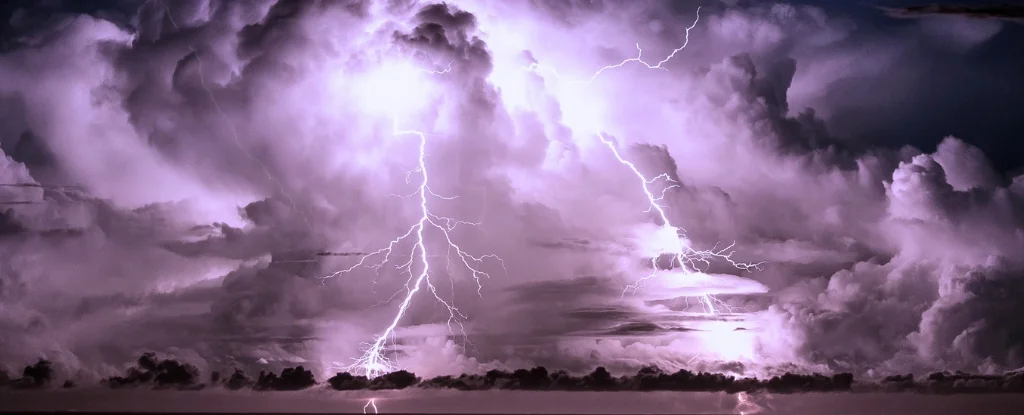
Lightning Strikes and Gamma-Ray Flashes: Scientists Capture Rare Collision in Action
For the first time, scientists have captured the exact moment two electrical currents collided to create a lightning bolt, revealing a fascinating connection between lightning and powerful gamma-ray flashes (TGFs). This groundbreaking research sheds light on how these bursts of electromagnetic radiation, usually associated with distant cosmic events, are generated right here on Earth.
A team led by Yuuki Wada, a physicist at Osaka University in Japan, conducted the world-first study in Kanazawa City, Ishikawa Prefecture. Using a state-of-the-art, multi-sensor setup, they were able to observe lightning in slow motion across multiple wavelengths, capturing details on microsecond timescales.

"The ability to study extreme processes such as TGFs originating in lightning allows us to better understand the high-energy processes occurring in Earth's atmosphere," Yuuki Wada explained. His work unveils the mysterious relationship between TGFs and lightning bolts by synchronizing a TGF with a lightning discharge arising from colliding leaders.
The team observed two lightning leaders – ionized channels of air that pave the way for lightning. One leader, negatively charged, descended from a thundercloud towards a television broadcast tower. The other, positively charged, ascended from the tower. Just before the two leaders met, a highly concentrated electric field emerged, accelerating electrons to near light speed.
Remarkably, the first gamma-ray photon was detected just 31 microseconds before the leaders collided. The full TGF burst lasted for 20 microseconds after the leaders met to form the lightning strike. This observation confirms the hypothesis that TGFs are the result of a powerful electrical field accelerating electrons to nearly the speed of light.

"The multi-sensor observations performed here are a world-first," said Harufumi Tsuchiya of the Japan Atomic Energy Agency. "Although some mysteries remain, this technique has brought us closer to understanding the mechanism of these fascinating radiation bursts."
These findings are not just a scientific curiosity. Understanding the relationship between lightning and TGFs could have practical implications for protecting infrastructure vulnerable to high-energy atmospheric phenomena. By studying these extreme events, we can gain valuable insights into the inner workings of lightning and potentially improve safety and resilience.
The research, published in Science Advances, marks a significant step forward in our understanding of lightning and its connection to powerful bursts of gamma radiation. What other secrets does Earth's atmosphere hold? Share your thoughts and questions in the comments below!